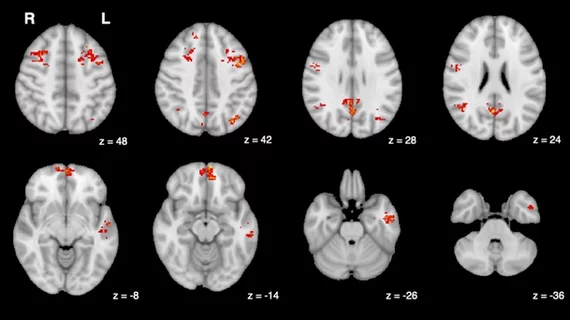Brain scans offer more objective judgement than jurors, study suggests
Could neuroimaging replace juror verdicts in trademark infringement trials?
Experts at UC Berkeley recently floated the idea as plausible in a new study published in Science Advances. In the paper, experts suggest that functional neuroimaging could offer more objective judgements than jurors who might be susceptible to the persuasiveness of lawyers disputing similarities between branding.
“Similarity is an incredibly hard thing to measure in an objective way,” said lead author Zhihao Zhang, a former Berkeley Haas postdoctoral researcher. “Making things worse, in the adversarial legal system, two opposing parties each hire their own attorneys and expert witnesses who present their own evidence.”
Zhang and colleagues propose that the use of functional MRI brain scans could help to eliminate the subjectivity of trademark infringement cases. They tested their theory by having a group of people undergo functional MRI scans while being shown pairs of photos representing two products—one original brand product and one “copycat” product.
The authors noted that previous research has shown that in these types of experiments, neural activity is more suppressed when individuals are exposed to the second image of a pair. They note that this likely occurs because the brain registers the image as something it has already been exposed to before.
With that in mind, the experts propose that by measuring the amount of repetition suppression (RS) of brain activity when participants are exposed to the second image, they can objectively determine whether participants see the images as similar—or too similar in instances of infringement. This method has the benefit of being able to be carried out in a blinded manner as well, which lessens the potential of biased results.
When put to the test, the experts found the method to be effective. Imaging revealed the participants’ neural activity to be beneficial in determining whether a trademark had been duplicated a bit too closely.
The authors noted that this method does not render a judgement itself, but rather provides a “better ruler” that judges can consider alongside other evidence.
As of right now, this method has only been tested in visual trademark scenarios, but the researchers believe that it could also have utility in other cases involving the mental reactions of jurors, such as in copyright cases.
To learn more, click here.

